أثر استراتيجية التعلم القائم على المشكلات المجالية (SPBL) في تدريس الجغرافيا على تنمية مهارات حل المشكلات: دراسة حالة حول قضية الجفاف وندرة المياه في مدينة تازة المغربية
DOI:
https://doi.org/10.56989/benkj.v5i4.1418الكلمات المفتاحية:
التعلم القائم على المشكلات المجالية (SPBL، مهارات حل المشكلات ، مادة الجغرافياالملخص
هدفت هذه الدراسة إلى استكشاف فاعلية استراتيجية التعلم القائم على المشكلات المجالية (SPBL) في تطوير المهارات المرتبطة بحل المشكلات لدى تلاميذ السنة الأولى بكالوريا علوم مقارنة باستراتيجية حل المشكلات التقليدية. سعت الدراسة أيضا إلى ربط تعليم الجغرافيا بمشكلات المحيط البيئي المحلي، مثل الجفاف وندرة المياه، لتطوير وعي المتعلمين البيئي ومهارات حل المشكلات لديهم.
استخدمت الدراسة المنهج شبه التجريبي، وتم تطبيقها على مجموعتين من تلاميذ التعليم الثانوي التأهيلي بمدينة تازة المغربية. خضع 33 متعلما ينتمون للفئة التجريبية لنشاط تعليمي قائم على (SPBL)، بينما تلقى 34 متعلما ينتمون للفئة الضابطة نشاطا تعليما بتقنية حل المشكلات التقليدية. جُمعت البيانات باستخدام جدول موحد لتقييم الأداء واستقصاء تصورات المتعلمين.
توصلت الدراسة إلى مجموعة من النتائج، أبرزها: 1) فعالية استراتيجية (SPBL) في تنمية مهارات حل المشكلات لدى متعلمي الجغرافيا، 2) تفوق الفئة التجريبية على الفئة الضابطة في معايير تقييم الأداء المرتبطة بحل المشكلات، 3) مواجهة بعض المتعلمين صعوبات في التكيف مع الاستراتيجية الجديدة، مما يتطلب دعما إضافيًا لإدماجهم، 4) استبعاد الفرضية الصفرية وتأكيد صحة الفرضية البديلة التي تؤكد تفوق استراتيجية (SPBL).
وأوصت الدراسة بضرورة توسيع استخدام هذه الإستراتيجية في تدريس الجغرافيا، مع توفير برامج تدريبية للمدرسين لضمان حسن تطبيقها، بالإضافة إلى تعديل المناهج بتضمين قضايا بيئية واقعية، وتشجيع البحث والاستكشاف لتطوير مهارات حل المشكلات، كما توصي بإجراء دراسات تقييمية مستمرة لقياس أثر (SPBL) على دافعية المتعلمين.
This study investigates the effectiveness of the Spatial Problem-Based Learning (SPBL) strategy in enhancing problem-solving skills among first-year Baccalaureate science students compared to the traditional problem-solving approach. It also explores the integration of geography education with local environmental issues, such as drought and water scarcity, to raise students' environmental awareness.
Using a quasi-experimental design, the study involved two groups of secondary students in Taza, Morocco. The experimental group (33 students) engaged in SPBL activities, while the control group (34 students) followed the traditional approach. Data collection relied on performance assessment rubric and a learner perception survey.
The study reached a set of findings, most notably:1) The effectiveness of the SPBL strategy in developing problem-solving skills among geography learners, 2) The experimental group outperformed the control group in performance indicators related to problem-solving, 3) Some learners faced difficulties adapting to the new approach, which requires providing additional support to better integrate them, 4) The null hypothesis was rejected, and the alternative hypothesis confirming the superiority of the SPBL strategy was validated.
The study recommends expanding the use of this strategy in teaching geography, providing training programs for teachers to ensure its effective implementation, revising curricula to incorporate real environmental issues, encouraging research and exploration to enhance problem-solving skills, and conducting continuous evaluation studies to measure the impact of SPBL on learners’ motivation.
المقاييس
المراجع
- بوعيش، حسين، العمراني، سكينة، & العمراني، عبد الواحد. (2024). دراسة وتحليل آثار التغايرية المناخية على الموارد المائية بمنطقة تازة. مجلة العلوم الإنسانية والطبيعية (HNSJ)، 5(12)، 265. https://doi.org/10.53796/hnsj512/19
- الزغلول، رافع النصير، والزغلول، عماد عبد الرحيم. (2014). علم النفس المعرفي (الطبعة الأولى). دار الشروق للنشر والتوزيع.
- سللي، عبد العالي. (2022). المقاربة التكاملية في التدريس بالكتاب المدرسي لمادتي الجغرافيا وعلوم الحياة والأرض بالمرحلة الثانوية التأهيلية بالنظام التعليمي المغربي. مجلة ابن خلدون للدراسات والأبحاث، 2(15)، 91.
- ناصر الدين، إبراهيم أبو حماد. (2017). المهارات الحياتية: الشخصية - الاجتماعية – المعرفية (الطبعة الأولى). دار المسيرة للنشر والتوزيع، عمان.
المراجع الأجنبية
- Bentil, S., & Ababio, B. T. A. (2020, June). Benefits of adopting problem-based learning in geography education: Standpoint of students and instructors (p. 1). Retrieved from https://www.researchgate.net/publication/341978524
- Bendl, T., Marada, M., & Havelková, L. (2023). Preservice geography teachers’ exposure to problem solving and different teaching styles. Journal of Geography, 122(3), 66–76. https://doi.org/10.1080/00221341.2023.2220114
- Karpudewana, M., Roth, W.-M., & Abdullah, M. N. S. B. (2015). Enhancing primary school students’ knowledge about global warming and environmental attitude using climate change activities. International Journal of Science Education, 37(1), 31–54. https://doi.org/10.1080/09500693.2014.958600
- Laaloua, H. (2023). The role of education in addressing environmental challenges: A study of environmental education integration in Moroccan geography textbooks. International Journal of Social Science and Human Research, 6(4), 2317-2325. https://doi.org/10.47191/ijsshr/v6-i4-41
- Lamrani, K., Algouti, A., Tabit, A., Hadach, F., Majdouli, K., Lakhlili, M., Laadimi, Y., Oudour, K., El Myr, A., Ben Elhamdi, S., & Ben Tabet, C. (2023, December 4-5). Understanding drought in Morocco: A special look at the Haouz Plain (p. 2). Paper presented at the 2nd International Conference on Frontiers in Academic Research, Konya, Turkey. AS-Proceedings. https://doi.org/10.59287/as-proceedings.533
- Silviariza, W. Y., Sumarmi, & Handoyo, B. (2020). Using of Spatial Problem-Based Learning (SPBL) model in geography education for developing critical thinking skills. Journal for the Education of Gifted Young Scientists, 8(3), 1045-1046. https://doi.org/10.34822/jegys.2020.360X
- Silviariza, W. Y., Sumarmi, & Handoyo, B. (2021). Improving critical thinking skills of geography students with spatial problem-based learning (SPBL). International Journal of Instruction, 14(3), 133-152. https://doi.org/10.29333/iji.2021.1438a
- United Nations Environment Programme (UNEP). (2012). UNEP Annual Report 2012 (p. 20).
التنزيلات
منشور
كيفية الاقتباس
إصدار
القسم
الرخصة
الحقوق الفكرية (c) 2025 مجلة ابن خلدون للدراسات والأبحاث

هذا العمل مرخص بموجب Creative Commons Attribution-NonCommercial 4.0 International License.


















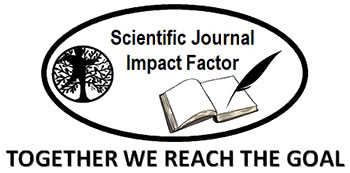
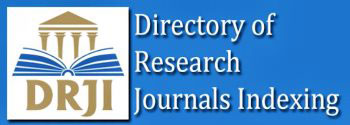

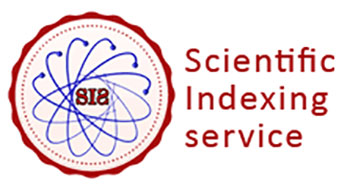
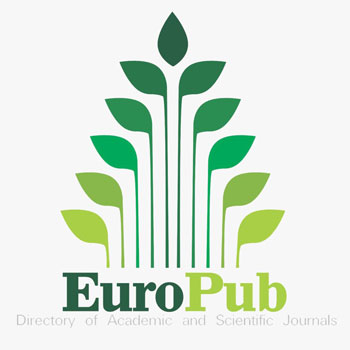


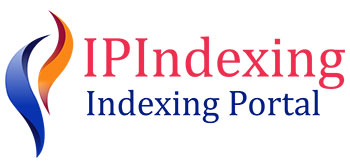

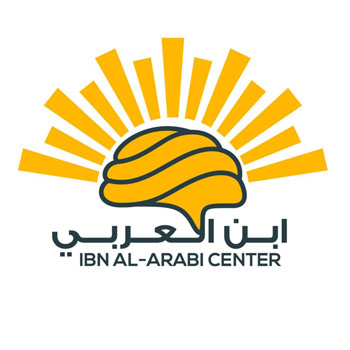



 ElDjawda Soft
ElDjawda Soft